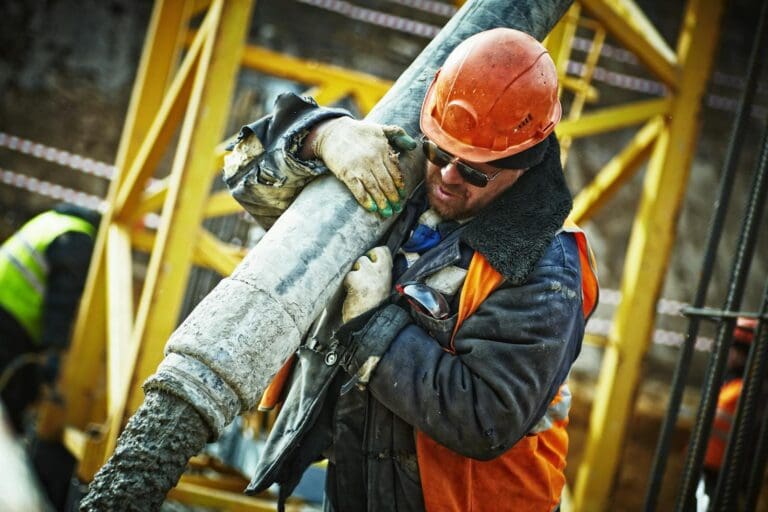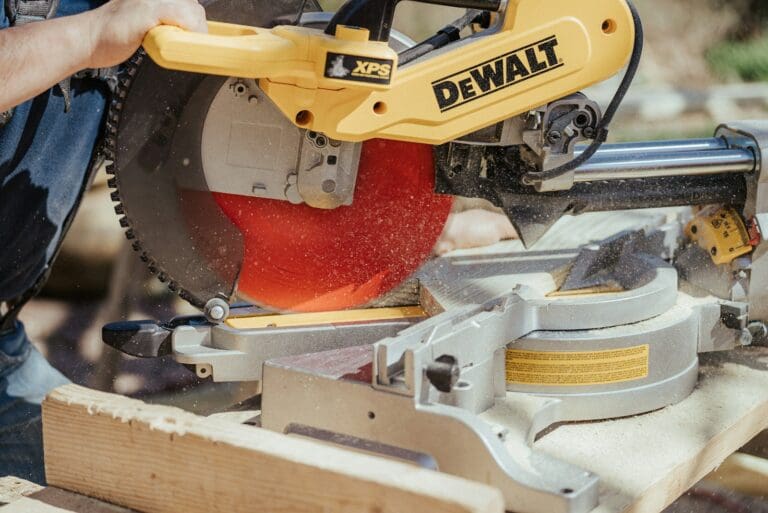Warehouse automation is transforming the logistics landscape in ways previously unimaginable. From the rise of robotics and the integration of artificial intelligence to the adoption of the Internet of Things (IoT) and a commitment to sustainability, these advancements are setting new standards for efficiency and productivity in warehouse operations.
1. The Human-Robot Collaboration
One of the most fascinating aspects of modern warehouse automation is how seamlessly humans and robots are starting to work together. In many warehouses, collaborative robots, or cobots, are designed to assist human workers rather than replace them. These cobots can handle repetitive and physically demanding tasks, such as lifting heavy items or moving goods across the warehouse floor, allowing human workers to focus on more complex and value-added activities. This collaboration not only enhances productivity but also improves workplace safety and job satisfaction.
2. AI-Driven Predictive Maintenance
Artificial intelligence isn’t just optimizing inventory management and order fulfillment; it’s also making significant strides in predictive maintenance. AI-powered systems can continuously monitor the health of warehouse machinery and equipment, analyzing data to predict when maintenance is needed before a breakdown occurs. This proactive approach reduces downtime, lowers maintenance costs, and extends the lifespan of critical warehouse assets. By minimizing disruptions, warehouses can maintain a steady flow of operations, ensuring that customer demands are met without delay.
3. IoT and Real-Time Decision Making
The integration of IoT devices is not only about collecting data but also about enabling real-time decision-making. Smart sensors placed throughout the warehouse can provide instant updates on everything from temperature and humidity levels to the precise location of inventory items. This real-time data allows warehouse managers to make informed decisions on the fly, such as rerouting shipments to avoid delays or adjusting storage conditions to preserve perishable goods. The result is a more agile and responsive warehouse operation that can quickly adapt to changing circumstances.
4. Robotics and Automation in Order Fulfillment
As warehouses become more automated, robotics plays a crucial role in order fulfillment processes. Robotic picking systems can quickly identify, retrieve, and package items, significantly speeding up the time it takes to fulfill customer orders. These systems leverage advanced imaging and machine learning algorithms to recognize products and navigate through shelves or bins. As a result, the accuracy of order fulfillment improves, reducing errors and enhancing customer satisfaction. Moreover, integrating these robots with warehouse management systems ensures that inventory levels are updated in real-time, providing a seamless flow of information that is vital for efficient operations.
5. Enhanced Data Analytics for Operational Insights
Data analytics has become a cornerstone of modern warehouse management. By harnessing vast amounts of data generated from various sources—such as sales patterns, inventory movements, and even employee productivity—warehouse operators can gain valuable insights into their operations. Advanced analytics tools can identify trends and inefficiencies, allowing managers to make data-driven decisions that optimize workflows. For instance, predictive analytics can forecast demand for particular products, enabling warehouses to adjust inventory levels accordingly and minimize excess stock or stockouts.
Is Your Business Ready For The Future of Warehouse Automation?
As we look ahead, the future of warehouse automation is filled with exciting possibilities. By embracing robotics, artificial intelligence, IoT, and enhanced connectivity, warehouses can optimize their operations and stay ahead of the competition. As warehouses continue to embrace these trends, they will be well-positioned to meet the evolving demands of the logistics industry and deliver exceptional value to their customers.















